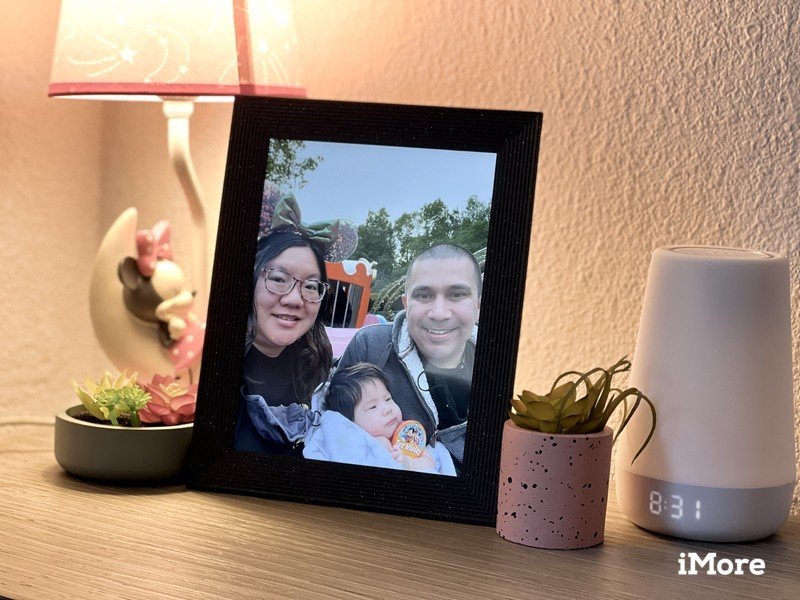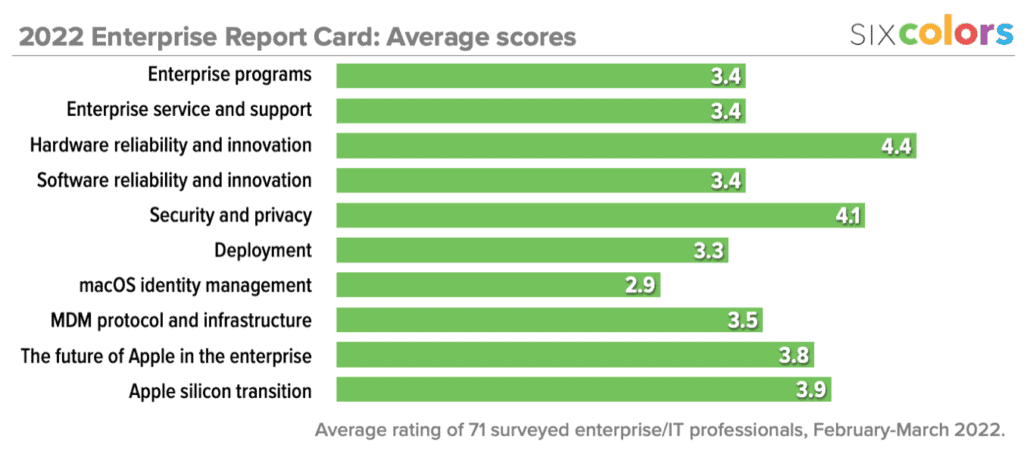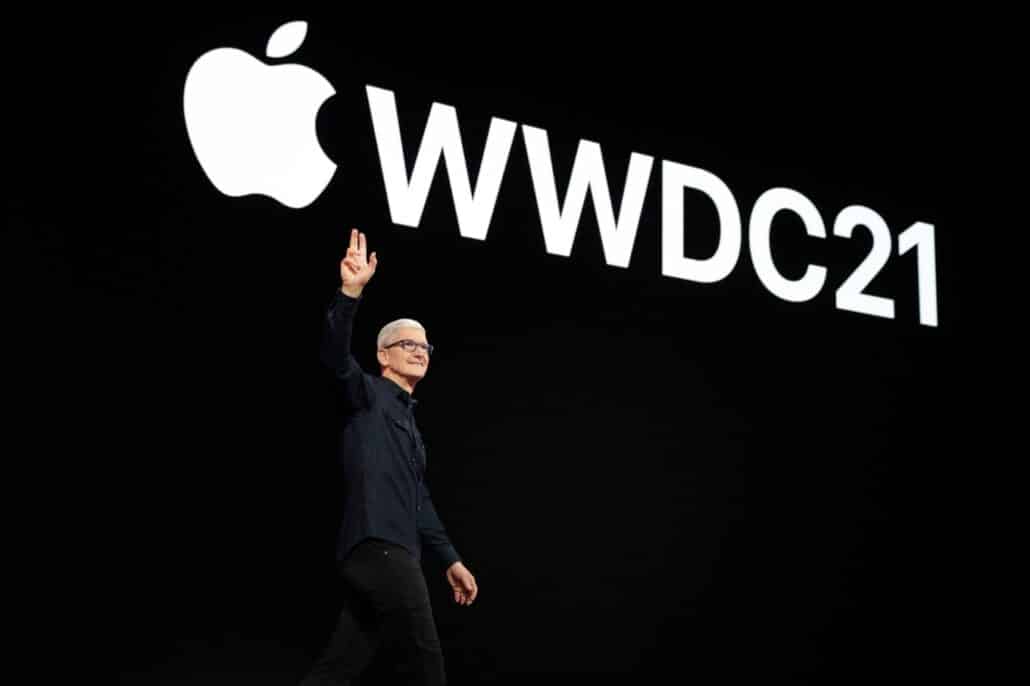
Kobo Libra H2O: Liberated from Amazon?

This past year I’ve been spending more time reading books on a Kobo ereader, rather than on my Kindle. The Kobo, a 2016-vintage Aura One, offered a few features that the Kindle didn’t, and I liked the idea of putting a mostly-unloved device to work at something it was good at.
At some point I noticed a big gouge in the screen, probably a legacy of a school trip my daughter took a few years ago. I kept staring at it. And that was when—as you do—I popped over to Kobo’s website to see what their current crop of ereaders looked like. It was just idle checking, I swear, and that’s why it took a couple of weeks for me to buy a Kobo Libra H2O.
After reading a few books on the Kobo, I’m prepared to declare that I actually prefer the Kobo to the Kindle. And while the Libra H2O is made of less premium materials than my old favorite, the Kindle Oasis, it also costs $100 less.
Kindle vs Kobo
I’ve been using Kindles since the beginning, and the pace of Kindle software innovation is quite slow, though it’s actually shown a bit of improvement over the last few years. Still, how is it possible that the Kindle didn’t let you use the cover of the book you’re currently reading as the screen saver image until April 2021?!

The software on the Kobo is, as you might expect, quite similar to that on the Kindle. But in a few areas, it’s clearly superior. Many libraries will let you borrow ebooks using Overdrive, a service that’s a part of the same company that owns Kobo. Unsurprisingly, Kobo connects well with Overdrive, allowing me to browse and check out books directly on the device. If I’ve checked out a book elsewhere—say, via the excellent Libby app, the book will download automatically the next time the device syncs to the network. You can see your Overdrive queue and return books, all from the device itself.
While Kindles will work with Overdrive, it’s a circuitous process. You need to check out a book on the web or in Libby, then click to send the book to Amazon.com, then click on Amazon.com to send the book to your Kindle. There’s no Overdrive interface on the Kindle itself. If you check out ebooks from the library, or might consider doing so, the Kobo’s simply better. Using Libby got me using library ebooks once in a while, but using a Kobo has made it a regular habit.
The other superior feature of the Kobo is typography. I can’t tell how much of the Kindle’s poor text handling is its operating system and how much is its selection of typefaces, but type just looks better on the Kobo. Kindle fonts seem jagged compared to Kobo fonts. Amazon has improved a lot of its maddening typography features over the years—forced justification being perhaps its greatest sin—but Kobo’s still ahead.
Both services let you buy books from their online stores. Really, Amazon’s greatest advantage over Kobo is that I’ve got years of book purchases locked up in Amazon’s proprietary, DRM-encoded format. However, I’m planning on keeping a Kindle around—and Calibre and its associated DeDRM plugin make it relatively easy for me to download old Kindle purchases and load them on a Kobo.
Down to the hardware

Like the high-end Kindle Oasis, the Kobo Libra H2O is a waterproof ereader with a sidelit seven-inch diagonal E Ink screen and a grippable edge with two physical page-turn buttons. The big difference between them is that the Kobo has a plastic back, while the Kindle’s is aluminum. There’s no doubt that the Kindle is nicer to hold—but it’s also $100 more. (You might notice the Kobo logo screened onto the front of the plastic; I wish it wasn’t there, but the truth is that I never notice it when I’m reading.)
I haven’t tried the $120 Kobo Clara, but I’d imagine it’s more or less comparable to the Kindle Paperwhite. And the truth is, for most people a low-end reader like the Paperwhite or Clara is a better deal. But I don’t really read paper books anymore, and so for me, getting a nicer ereader is worth it.
I’ve bought a couple of Kindle Oasis models over the years—the physical page-turn buttons are a must for me—and I’m really impressed that with the Libra H2O Kobo has made a credible competitor for $170. $270 is too much for most people to spend for a very fancy kindle, but $170 is a reasonable splurge for improved ergonomics.
Should you dump Kindle for Kobo? If you’ve got a huge investment in the Kindle ecosystem, it’s going to be a tough decision. (How often do you reread books? Will you keep your old Kindle around? Are you comfortable using Calibre and DeDRM to migrate your purchases?) Amazon has made a great effort to connect Kindle with Audible, and if you switch between ebooks and audiobooks, Amazon offers a superior experience.
But if you frequently check out ebooks from your local library, or think you might want to, Kobo has an advantage. The typography’s better. Support for the Pocket reading service is built in. And if you’ve always wanted a Kindle Oasis but couldn’t stomach the price tag, the Kobo Libra H2O is an awfully nice alternative.
And after all that, I’ll be honest: While I am still a big user of Amazon, I am increasingly uncomfortable with the company, its policies, and its impact on the world. Ebooks are a teeny part of the Amazon juggernaut, but it’s an area where it has very little competition—and having tried this particular competition, I find it superior. All things being equal, I think I’d like to throw my support behind the competitor. And things are not equal—the Kobo really does feel better.
So for now, I’m reading all my books on a Kobo. I can’t guarantee that the next Kindle won’t dazzle me into returning to the fold—remember, a slight screen gouge on a perfectly good Kobo sent me down this path—but I’m enjoying being out of the Amazon ecosystem for the time being.






